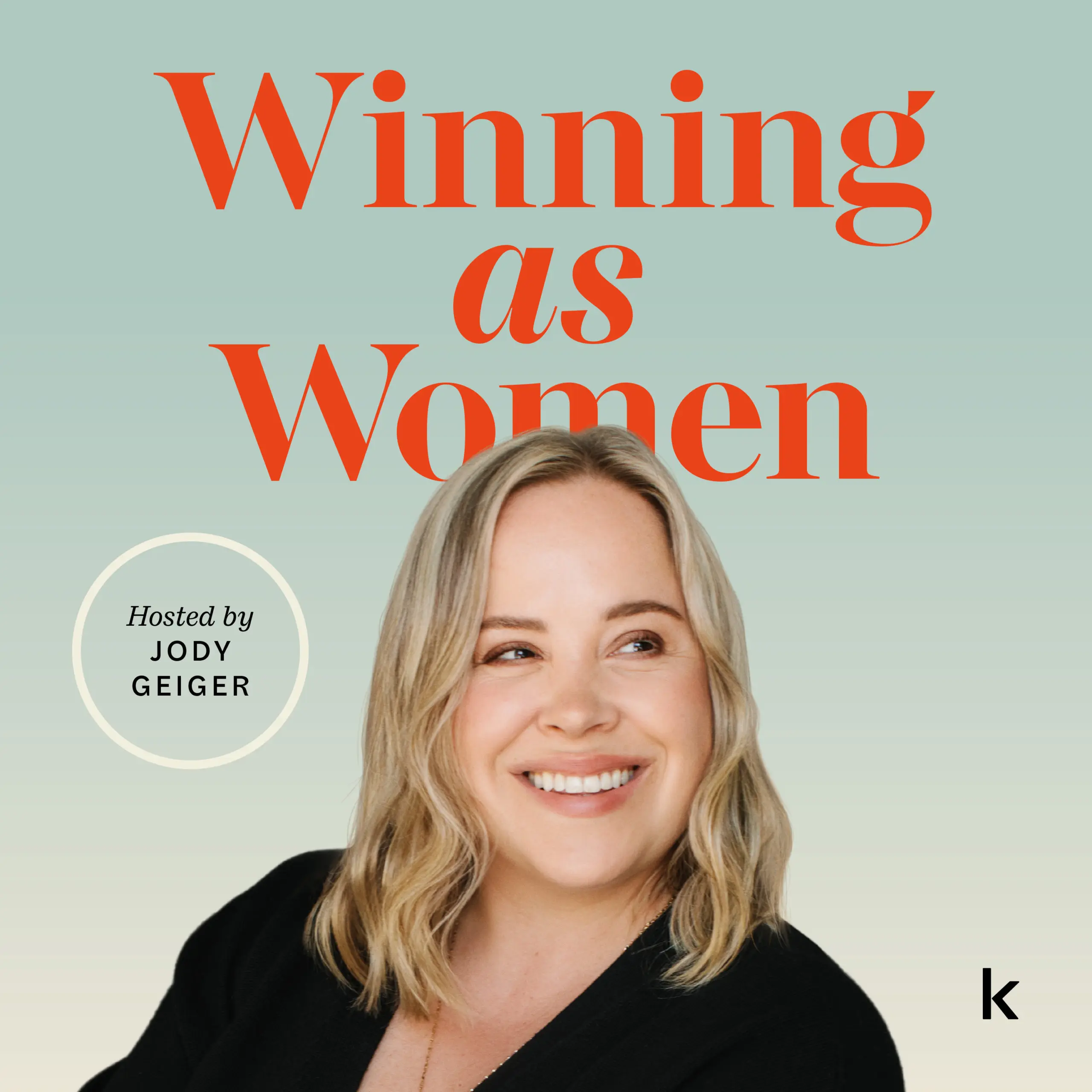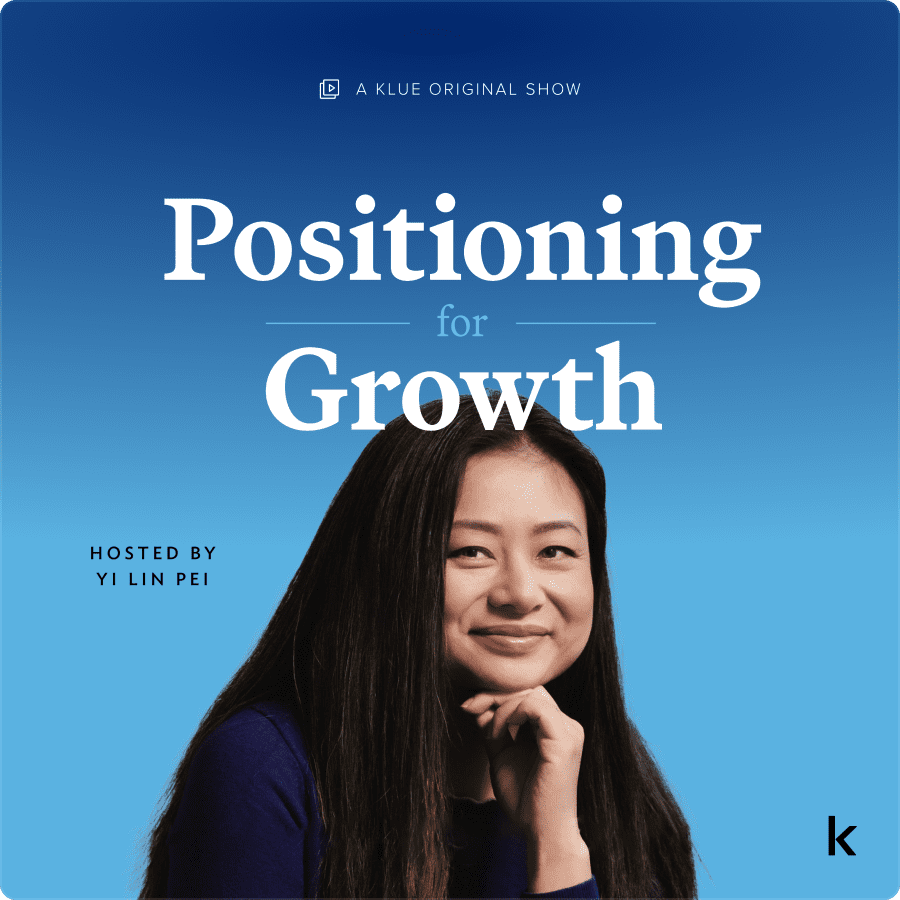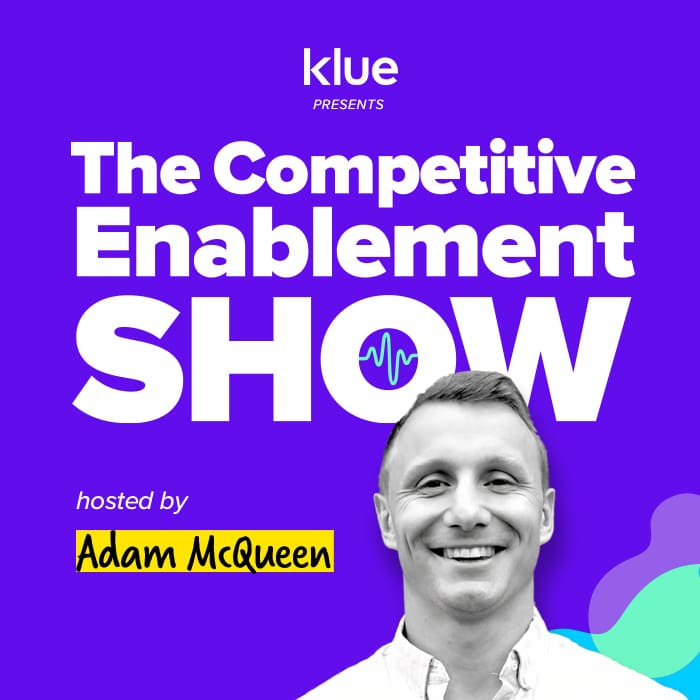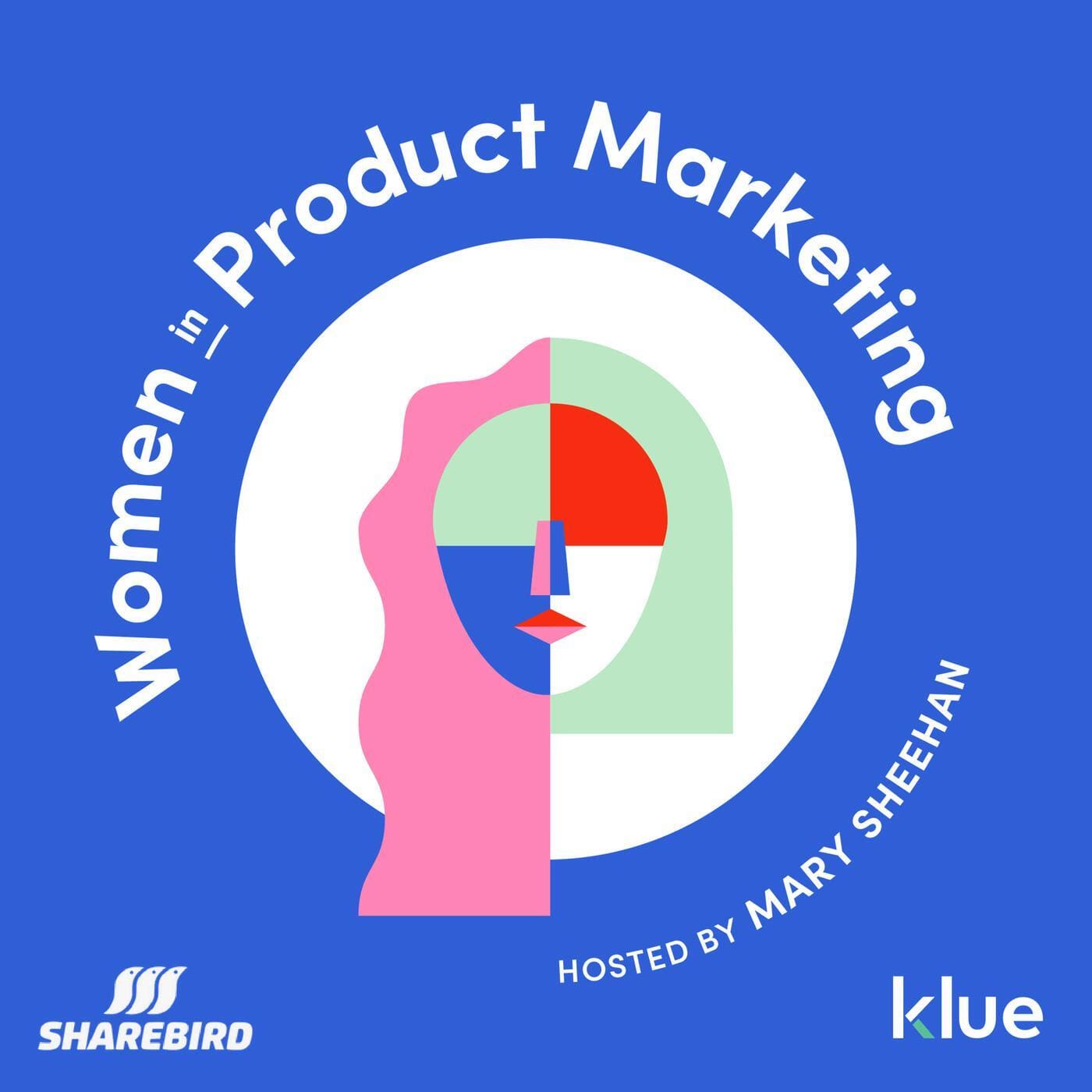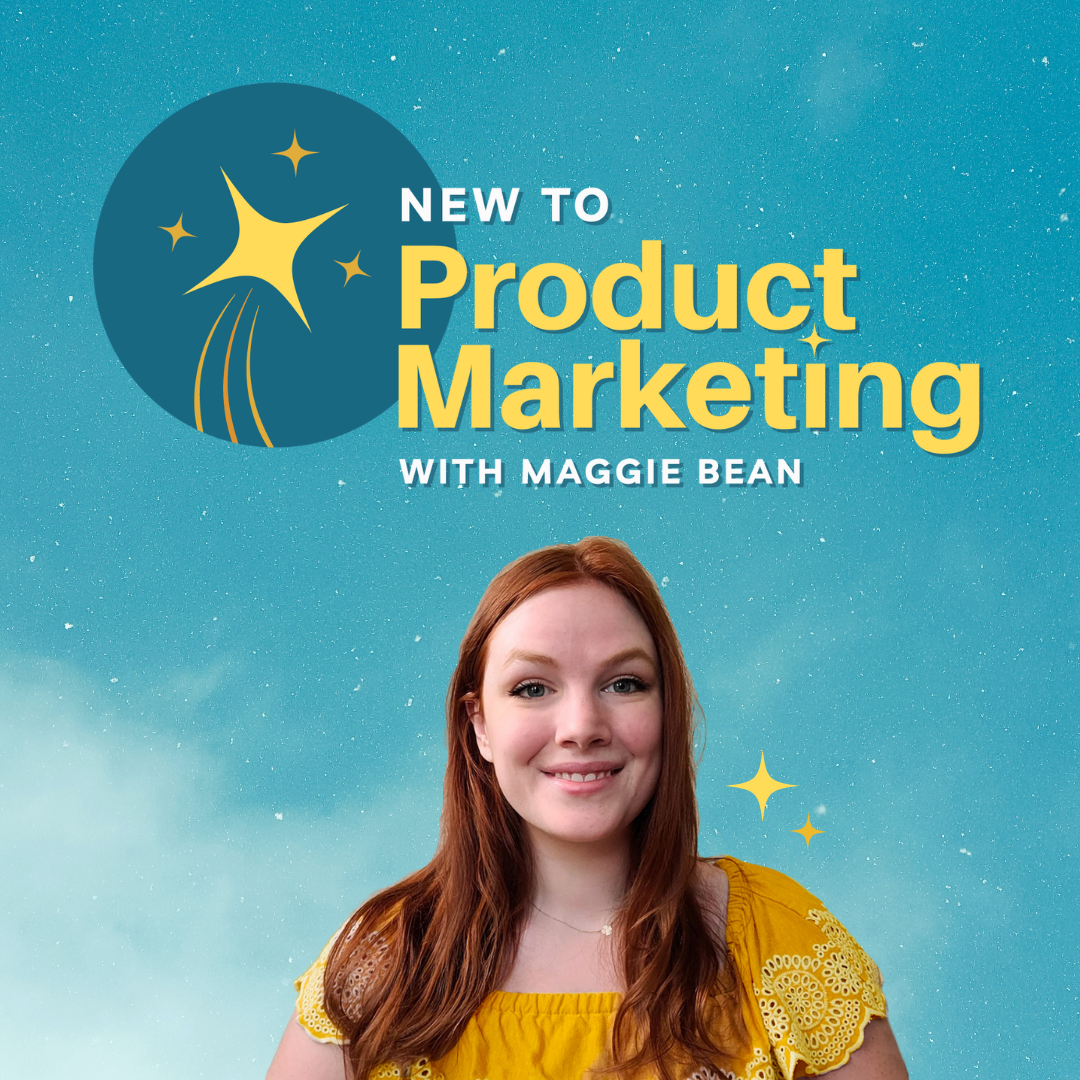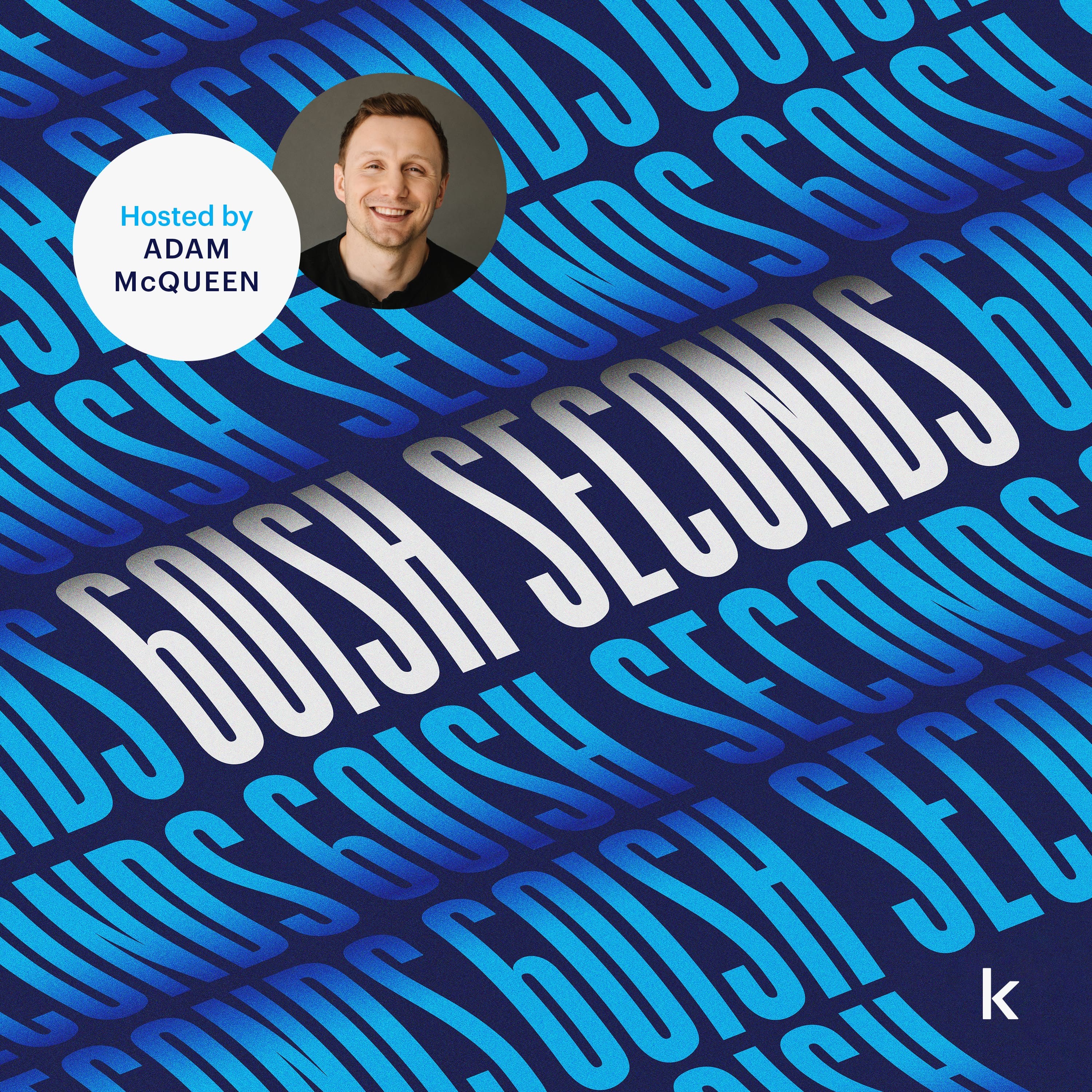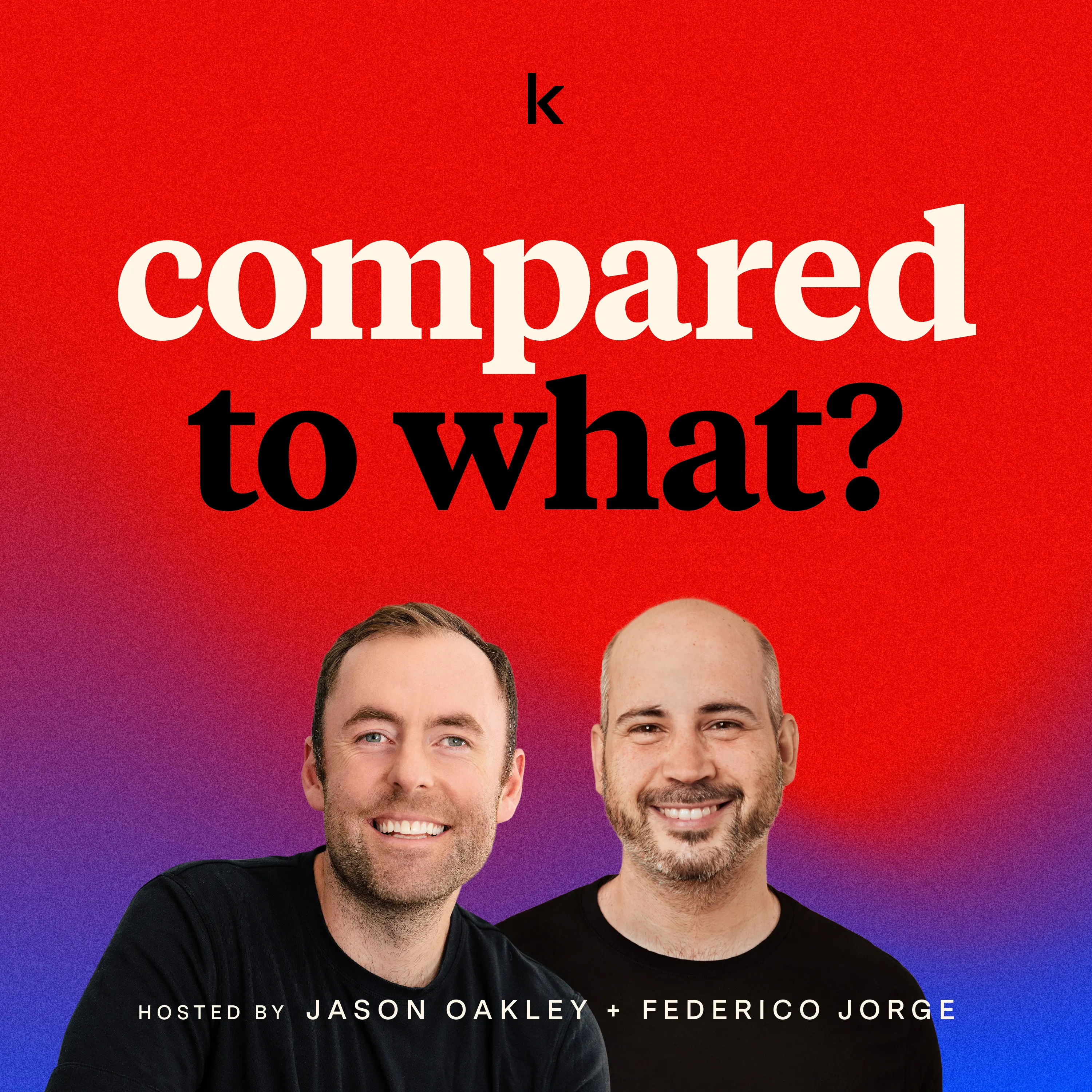3 Ways Competitive Intelligence Should Support Product Launches
Adam is joined by Molly Gallaher Boddy, the former Senior Competitive Intelligence Manager at Datto and current Senior Product Marketing Manager at Cloud, who shares her best practices for supporting product teams and product launches with competitive intelligence.
Positioning, Pricing and Packaging
“I think part of CI’s role [is to] push the envelope and test people to be innovative about how they’re thinking about their pricing and packaging model.“
Product marketers have a lot on their plates and could use a bit of support — especially with product launches.
That’s why Molly says competitive intelligence pros should strive to be product marketing’s closest allies. A consultant who feeds actionable competitive intel and asks the kinds of questions that unlock new possibilities.
“One of the best places where CI can step in is early on in that launch process with positioning. And your positioning is only as good as what you know about the market.”
Molly’s advice is to pay close attention to your competitor’s positioning and work with product and product marketing to understand what’s happening in the market right now.
The same goes for finding competitive intel on pricing. Figure out how your company’s offerings stack up against your main competitors’ — especially those targeting the same ICP as you.
Then when it comes to packaging, your job is to go beyond what’s already been done and provide insights on how customers want your product packaged.
Get close to the voice of customer by conducting win-loss research, looking through CRM data and review websites.
Throughout her time in competitive intelligence, Molly has learned that support in these three areas is how she can best support product teams.
Be like Molly and take a few things off your product marketers’ plates. They’ll be thankful for it.


Send Product-Specific Competitive Newsletters
“I thought that news was like an intern job and that you shouldn’t perhaps be doing it as you move into those more manager jobs. But what I actually came to realize a few years back is that the news should be the basis for everything else that you’re doing“
Some companies think an analyst is the best person to collect and curate intel.
We and Molly beg to differ.
If your goal is to build a strong partnership with your product team, you need to be the one collecting, curating and distributing intel.
That’s because what matters when it comes to intel for product teams is how it’s distilled.
“They need answers to how particular products, ones that are similar to yours, are or are not working out in the market for competitors.”
An additional bonus of sending a competitive intel newsletter through Klue, according to Molly, is that the newsletter always directs back to Klue — Datto’s central source of truth for competitive intel.
When readers begin to understand that their compete platform holds the answers to many of the questions they have, it helps scale the entire compete program.
Self-serve equals scalability.
Listen to Staff how Staffbase’s Nick Larson builds his highly successful internal competitive intelligence newsletter.
Build Product-Specific battlecards
“Great product teams, they really want to know what everybody else is doing in a deep feature-specific kind of way.”
Battlecard content for your product team can be a lot different than your sales team.
Where reps are looking for in-the-moment tactical advice, your product team needs a broader view of the competitive landscape.
So Molly believes competitive intelligence teams should put an emphasis on feature comparison charts for their product-specific battlecards.
Thanks to a well-fleshed-out process leveraging third-party analysts, Molly’s battlecard content is properly-sourced and provides a 360° view of the competitive landscape.
What’s more, Molly likes to define for her product team which features are true differentiators and which are table stakes.
This helps hedge against product managers’ tendencies to build the “perfect” product at the expense of a really good one.
“At the end of the day, you have to understand what is necessary in an MVP (minimum viable product) and then later on in a more mature product to actually play in the market.”
Molly says there’s no one secret to her team’s success in building great product-specific battlecards.
But if there is one, it’s in curating content that is feature-specific.




Stay up to date with the latest from The Compete Network
Be the first to know about the newest episodes dropping on the Compete Network, upcoming shows with creators, and community events where you can learn from top leaders.
JOIN NOWNEWSLETTER

Never miss a new release on the network.
(Your competitors sure aren’t.)
Be the first to know about:
- The latest episodes dropping on the Compete Network
- Community sessions & events
- Upcoming exclusive shows

